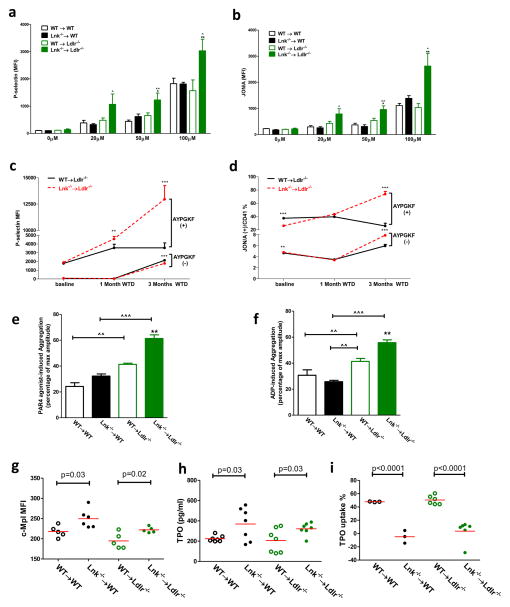Figure 3. Hypercholesterolemia markedly increases platelet reactivity in Lnk−/− BM recipient.
Surface P-selectin (a) and active integrin αIIbβ3 (JON/A) (b) levels on washed platelets with or without PAR4 agonist (AYPGKF, 100 μM) stimulation (n=5). Surface P-selectin (c) and active integrin αIIbβ3 (JON/A) (d) levels on platelets in whole blood with or without AYPGKF (100 μM) stimulation (n=5). Washed platelet aggregation upon AYPGKF (100μM) (e) or ADP (20 μM) (f) stimulation (n=4–5). TPO receptor (Mpl) levels on platelet surface (g), platelet TPO internalization (h) and plasma TPO levels (i) in WT or Lnk−/− BM recipient mice. (n=3–7)
For 3a–3f, black bars represent chow feeding and green bars represent WTD feeding for 12 weeks. *, **, *** denote p<0.05, <0.01 and <0.001 for WTD-fed Lnk −/− vs WT or chow-fed Lnk −/− vs WT. ^, ^^, ^^^ denote p<0.05, <0.01 and <0.001 for chow-fed Lnk −/− vs WTD-fed Lnk −/− or chow-fed WT vs WTD-fed WT.

